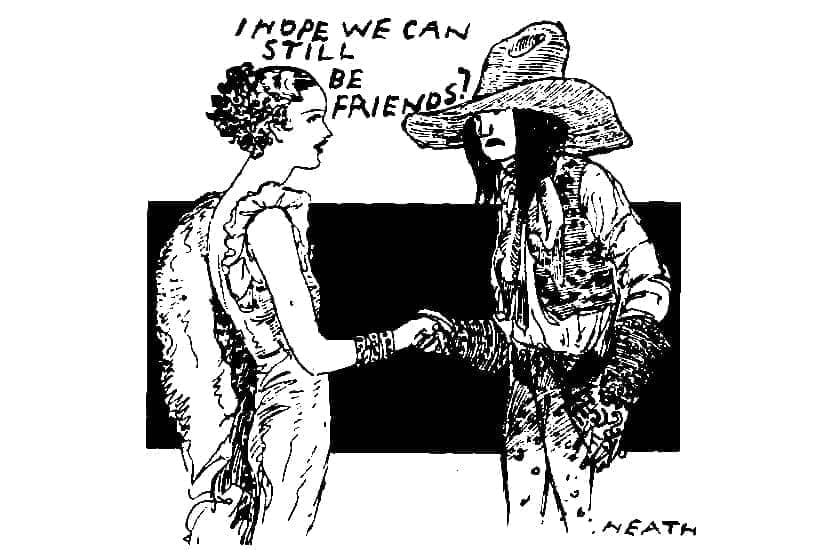At one stage, I had a special tray in my study into which to throw all my lesbian wedding invitations. This was around December 2005, when lesbian and gay couples could first sign a civil partnership agreement, providing legal protection including a basis for next-of-kin and inheritance rights.
Although the law still did not allow actual marriage between same sex couples, many lesbians went full throttle with their weddings. It didn’t seem to matter that the only requirement to enter a civil partnership was a trip to the town hall and a signature in front of a couple of witnesses. When I signed my own, my partner and I turned up in our usual scruffs in between work commitments. But lots of lesbians wanted the big day. They wanted ceremonies involving wedding dresses, bridesmaids and pageboys, flowers, cakes and bunting, followed by sit-down dinners with drunken speeches. There would be honeymoons, and increasingly, with the help of an IVF clinic or sperm donor, babies.
Since March 2014, lesbians and gays can marry or convert a civil partnership into a marriage. A civil partnership can be ended simply by applying to a court for a dissolution order and proving the relationship has ‘irretrievably’ broken down. Divorce is more complicated. But what’s interesting is that divorce rates among lesbian couples are rising. In fact, far more lesbian couples are filing for divorce than gay men.
By 2020, 2,900 same-sex couples, of whom nearly three-quarters were female, had divorced. The same trend can be seen in the Netherlands, the first country to allow same-sex marriage: in the ten years from 2005, 15 per cent of gay civil partnerships failed, compared with 30 per cent of lesbian ones. The latest research showed that overall, women are much more likely to instigate divorce proceedings than men, with two-thirds of divorces initiated by women in the past ten years.

Many women are prevented from filing for divorce by the fear of violence that often follows separation from an abusive and controlling man, or by worries about who will manage the burden of childcare.








Comments
Join the debate for just £1 a month
Be part of the conversation with other Spectator readers by getting your first three months for £3.
UNLOCK ACCESS Just £1 a monthAlready a subscriber? Log in